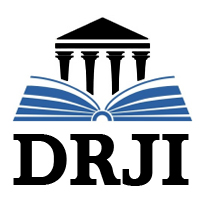Architectural acupunctures as the driving force of sustainable rural revival: The case study of Songyang county
DOI:
https://doi.org/10.32955/neujna202371623Keywords:
Architecture, Rural Tourism, Revival, Songyang County, China.Abstract
There is a significant urban expansion process into peri-urban and rural and this affects the land use-, resource use- patterns and workforce and income distribution. Currently, as a question of 21st century, it is talked and thought more about the scope of this urban expansion and growth. Global trade, digital revolution and pandemic foster decentralization and delocalization. Dependencies on some certain land are less relevant now. There are new inhabiting, dwelling and trading trends emerging in the rural land. There is an ongoing spatial and sectoral flow. People; materials; immaterials such as knowledge, innovation, lifestyles and technology are in constant exchange. Rural activities take place in urban centers under the name of “urban agriculture” or activities classified as urban take place in rural like manufacturing of local products and crafts, museum visiting, playgoing, touristic sightseeing. The rural land is not only the land of agriculture, forestry and animal breeding anymore. The rural population is adapting and displaying urban behaviours. They are socially urbanized. There are new ways of economical circulations builded up in rural. This economy is not limited with agritourism and romanticised representaion of the past. There are much more sophisticated strategies now. Rural industries embodying the complexity and identity of the cultural heritage started to restore their villages’ economy by boosting the tourism and the trade. In all these respects, the Songyang County in China and the selected projects of DnA Design and Architecture Office implemented there and the transition that they’re created will be investigated in this paper.







